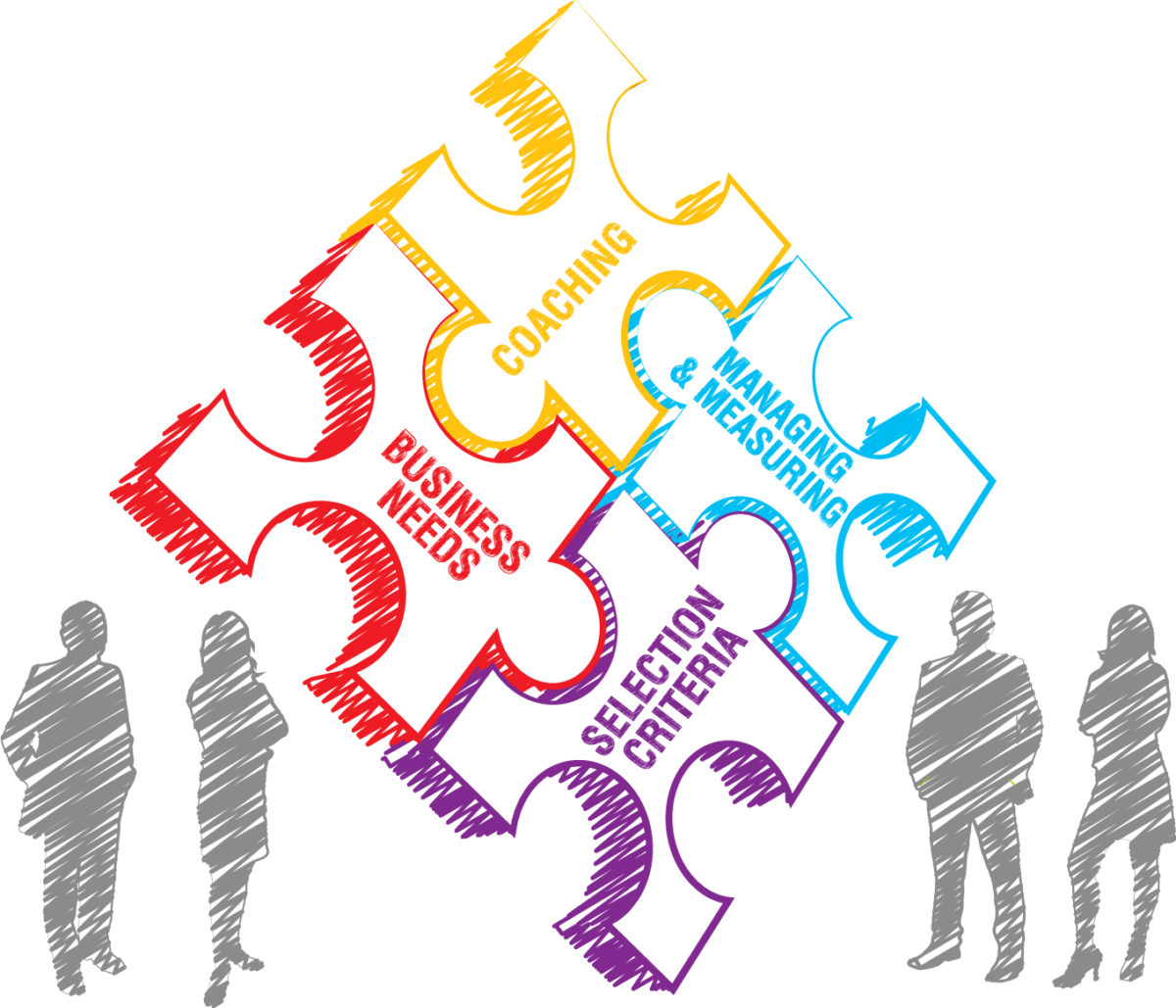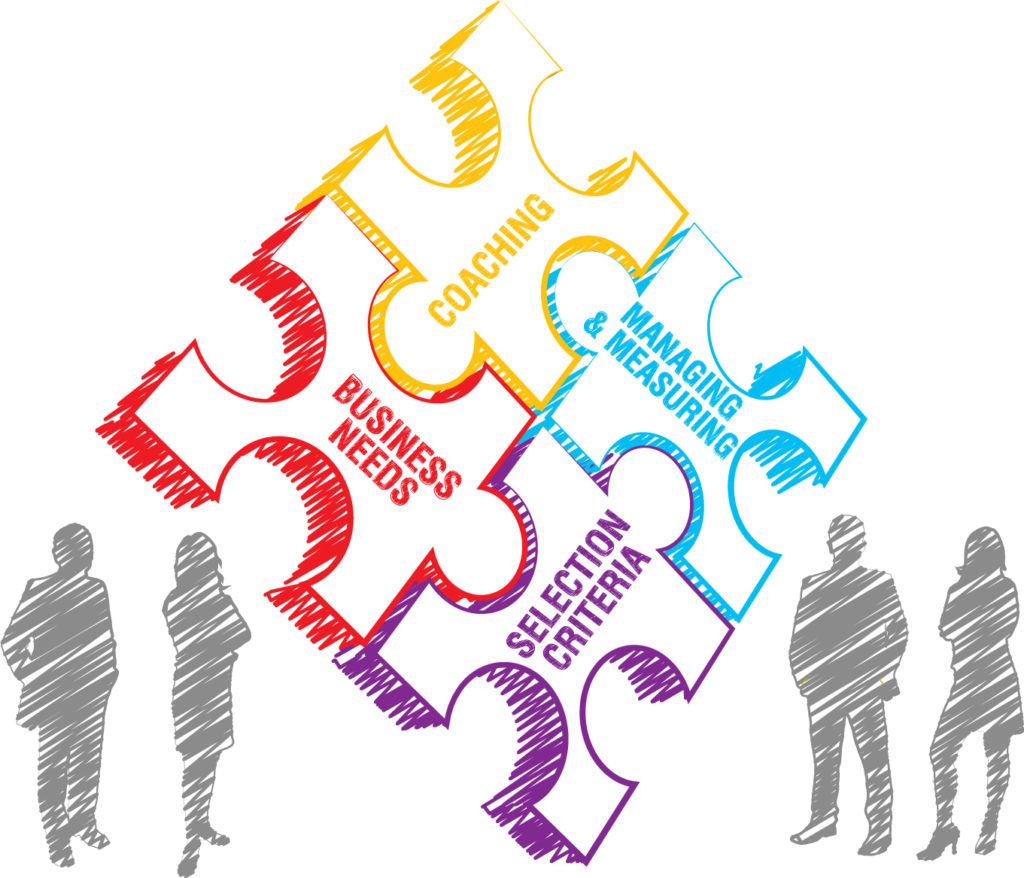
By Julie Parkinson
Most forward thinking businesses know that the traditional command and control approach to leadership, with one charismatic leader (usually male and middle aged) taking the organisation bravely into the future is an outdated model. Thriving organisations are now led by connected leaders who use their coaching and influencing skills to inspire, engage and motivate their teams.
The role that coaching plays in this new leadership paradigm is undisputed. Research shows that coaching has a positive impact on achieving goals, improving performance, building resilience and engaging teams. More information at http://www.iecl.com/knowledge-bank/coaching-and-leadership
Many organisations are committed to building a coaching culture, combining the best of their own internal coaching champions with external coaches (generally brought in to work with the most senior executives).
As the coaching profession grows, so too does the desire to establish best practice around the coaching process. IECL currently sits on more than 20 coaching panels and has been involved for the past decade in advising clients on best practice in this area. So here are the critical areas to be clear on when hiring external coaches or setting up your coaching panel.
1. Understand the business need
It is important to be able to articulate what you are using coaching for. Where does coaching sit within your leadership framework and how does coaching link to the key competencies? Ask yourself: what would you like your executives to be doing differently as a result of receiving coaching? The most common reasons for engaging a coach are:
- To support leaders in transition
- To assist with career development
- To support culture and behaviour change
- To engage and retain talent and improve performance
Bringing in external coaches is expensive, so it is important to understand the appetite of the business to invest in coaching. Is coaching appreciated and sponsored by your senior leaders? Which executives would you target to be coached and where are they located? What budget is available and who owns the budget? How will you set up for success and get executive buy-in across the organisation?
2. Translate the business need into coach selection criteria.
Coaching services are provided by a wide range of people with very varied backgrounds, experience and training. It’s important to be clear on what type of coach will best fit with your executives. There are many types of coaches; it is generally recommended that for organisations you need coaches who have a business background and are trained as organisational or executive coaches.
Coaching is an unregulated industry; anyone can use the title of coach, so at a minimum you may wish to consider the following when selecting coaches:
- What is their formal coaching qualification? (Are they trained by a reputable and accredited provider, for example accredited by the International Coach Federation)
- Are they engaged in regular coaching supervision and aware of the code of ethics around coaching?
- How do they maintain ongoing professional development?
- What is their depth of experience as a coach and in what industry sectors?
- What is their business experience and educational background?
- Do they have referees who can attest to their effectiveness?
- Do they have a credible business with the necessary levels of insurance and ability to work professionally with your organisation?
3. Managing and Measuring the coaching
This is where most organisations fall down. Often, no one owns the process and no clear measures of success are established around the coaching engagement. It is important that stakeholders get together to work out what type of outcome is best measured and what assessments will most accurately measure them. These should then be applied to every coaching engagement. Ideally the evaluation process will:
- invite sponsor input,
- define coaching outcomes,
- develop evaluation criteria and
- agree evaluation methodology and reporting.
Internationally, the most common approach to assessment of development interventions was designed by Kirkpatrick, who outlined four types of outcomes, or levels of impact. These are Reactions, Learning, Behaviour and Results. A fifth level, more recently added, is Return On Investment, or ROI.
A growing body of research confirms that coaching is one of the most effective ways to create dynamic organisations. Taking the time to set up for success is critical and well worth the time invested.
Julie Parkinson is Director and Head of Asia of the Institute of Executive Coaching and Leadership. To engage with Julie contact [email protected]





